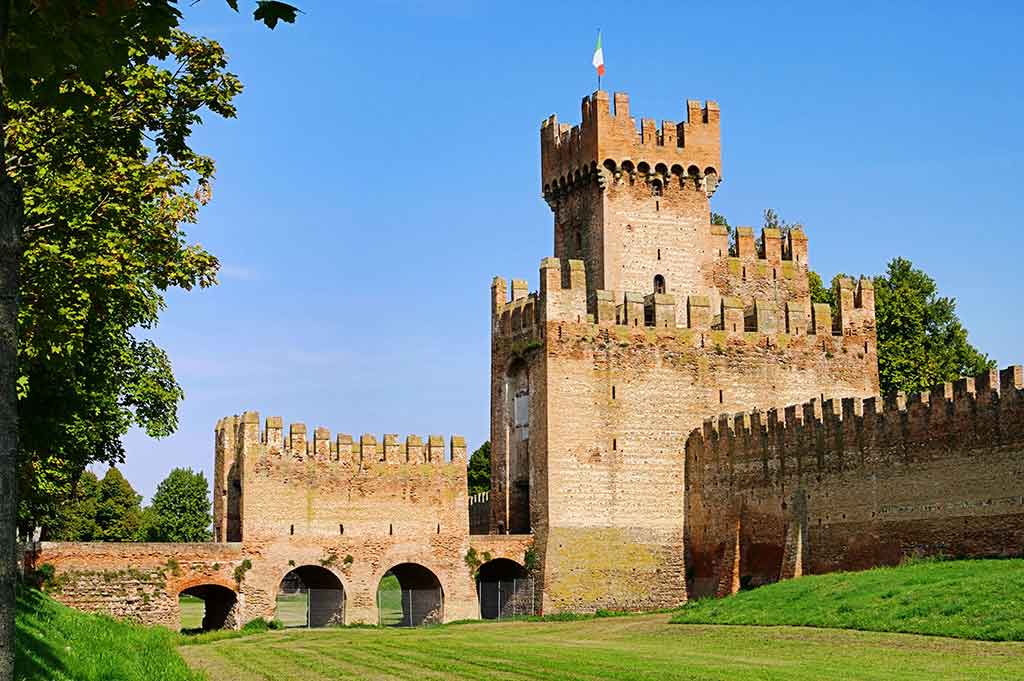Welcome
to Montagnana Italy. If you’are planning to visit Montagnana for your next trip and you are
looking for the best places to visit, here you’ll find tips and suggestions of most
popular point of interest and activities not to be missed in Montagnana and surrounding.
Travelers will appreciate this italian town with
his rich historical and artistic heritage, local culture and environment. Discover the monuments, buildings, natural
treasures and all the details that characterize Montagnana and its territory. Share and suggest a place you've
visited.

Montanara, ancient walls
I wake up on a cold autumn morning and decide to go out in the sparkling air typical of this season to catch the train and reach a beautiful and enchanting medieval town, < strong> Montagnana in the province of Padua. The symbol of this city is still represented today by its high walls that are more than 2 kilometers long surround its city nucleus, admired by visitors, they are the undisputed pride of its inhabitants.
The walls that extend imposing from east to west, are currently a magnificent city symbol, but in an ancient era they were an important element of defense that guaranteed to the city the essential protection from the enemies of neighboring cities. To symbolize the size of the walls, 24 towers more than 18 meters high stood on it.
Connecting the ancient city with the outside are the gate of Legnano to the east and the door of Monselice to the west. Going beyond the city gates means finding oneself suddenly catapulted into an ancient past where time inexorably stopped in the Middle Ages.
The ancient city with Piazza Vittorio Emanuele II and its Duomo in its center, is the hub of city life, from here the streets that lead to the discovery of the ancient village.
In this enchanting place also every first September you can admire the traditional palio, a wonderful event of great charm.
Finally, not to be forgotten is the excellent Montagnana PDO ham, tasty and sweet with an unforgettable flavor.
written by Kenneth Harrison - Last update: 10/10/2021
This guide has been translated automatically through a third party service. Visititaly offers these automatic translations to help site visitors, however the automatic translations may contain inaccuracies, errors or inaccuracies. You can contact us to report inaccuracies or errors and we will check the translation.